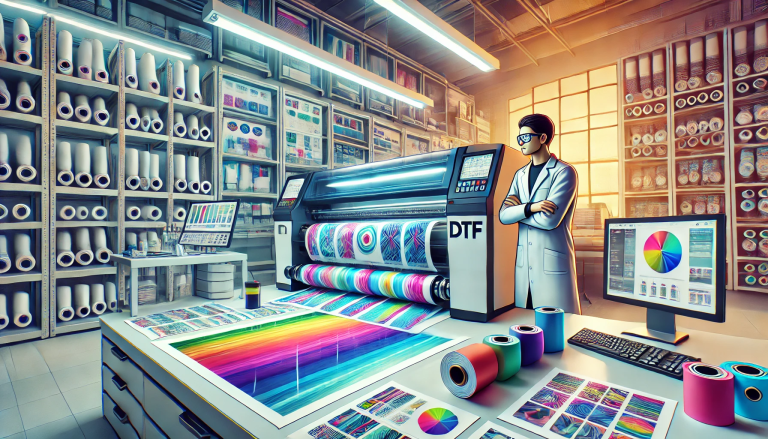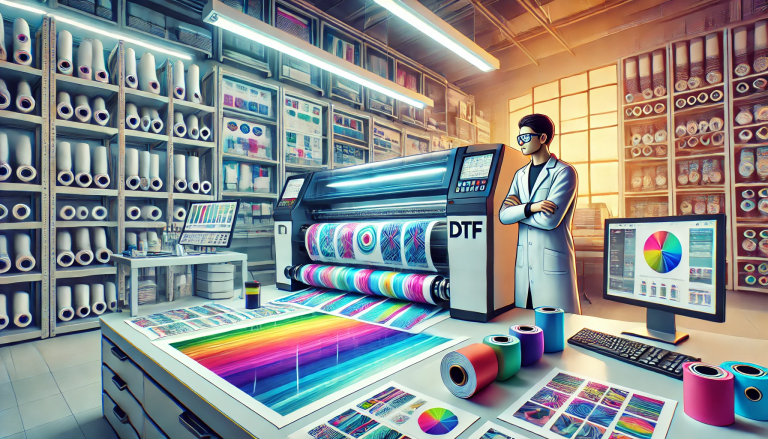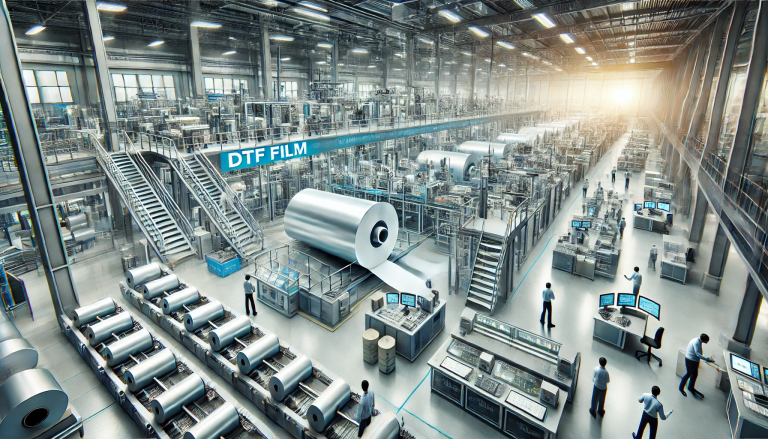“The Revolutionary Use of DTF Transfer Sheets for Iron-On Applications” -MAXDTF- DTF Film 13 Supplier, DTF printing paper Factory, Made in China
Introduction
The transformational power of digital technology has revolutionized various sectors, with the textile industry being no exception. One remarkable innovation is the introduction of Direct-to-Film (DTF) transfer sheets for iron-on applications. These versatile tools have not only enhanced the creativity and flexibility of textile design but have also significantly improved the efficiency of the production process. This essay will explore the essence of DTF transfer sheets, their application process, advantages, potential drawbacks, and prospects for future development.
Part 1: Understanding DTF Transfer Sheets
DTF transfer sheets are a technology derived from direct-to-garment (DTG) printing, a method that prints digital designs directly onto a variety of textile surfaces. The DTF method, however, involves printing the digital image onto a specialized film, which is then transferred onto the desired textile. The method employs a unique printer filled with CMYK and white pigment ink to create an image on the film. Following this, the printed design is coated with an adhesive powder, heated to bond the powder, and then transferred to the textile surface using an iron or a heat press.
DTF technology has become particularly popular for producing intricate and colorful designs on textiles. These transfer sheets have opened up a world of possibilities in textile design, from personal customization to commercial production, enabling people to express their creativity in an entirely new way.
Part 2: The Process of Applying DTF Transfer Sheets
The process of using DTF transfer sheets for iron-on applications is relatively straightforward. The initial step is to create or choose a digital design, which can be produced using various software programs, including Photoshop, Illustrator, or even simpler options like Canva. Following this, the design is printed onto the DTF transfer sheet using the specialized printer.
Next, the printed design is coated with a layer of adhesive powder. This powder acts as a bonding agent that ensures the design will stick firmly to the textile surface when heat is applied. The adhesive is then activated by heating the transfer sheet, typically using a conveyor dryer or oven.
Finally, the transfer sheet is applied to the textile surface using a heat press or a conventional iron. The heat and pressure from this process cause the design to adhere to the textile, resulting in a high-quality, long-lasting image. After a cooling period, the transfer sheet is peeled away, leaving behind the desired design on the textile.
Part 3: Advantages of DTF Transfer Sheets
The benefits of DTF transfer sheets for iron-on applications are extensive. The technology allows for the production of highly detailed and colorful designs, surpassing the capabilities of traditional screen-printing methods. Since DTF transfers are digital, they can effortlessly reproduce complex images, including photos, which was a significant challenge with older methods.
Moreover, DTF technology enables short-run or single-item production, making it an excellent choice for customization. Unlike screen printing, which requires considerable setup for each design, DTF transfers allow designs to be quickly and easily switched, enhancing flexibility and reducing waste. Additionally, DTF transfers are suitable for use on various textile types, including cotton, polyester, and blends, broadening their application range.
Part 4: Potential Drawbacks of DTF Transfer Sheets
Despite the many benefits, there are potential drawbacks to consider with DTF transfer sheets. One of the primary concerns is the initial investment required for the specialized equipment, such as the DTF printer and heat press. For small-scale users or hobbyists, this investment may be prohibitive.
Another potential downside is the durability of the transferred designs. While DTF transfers tend to be durable, they might not endure as long as some traditional methods like embroidery or screen printing, particularly under heavy washing or harsh conditions





